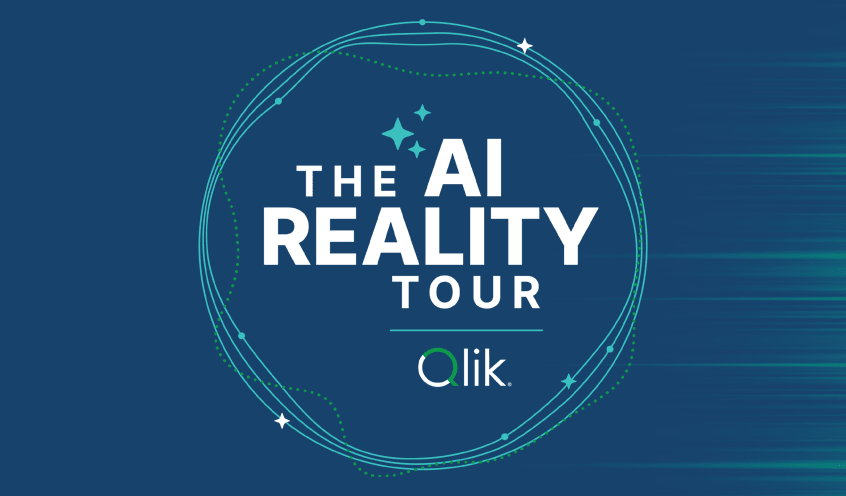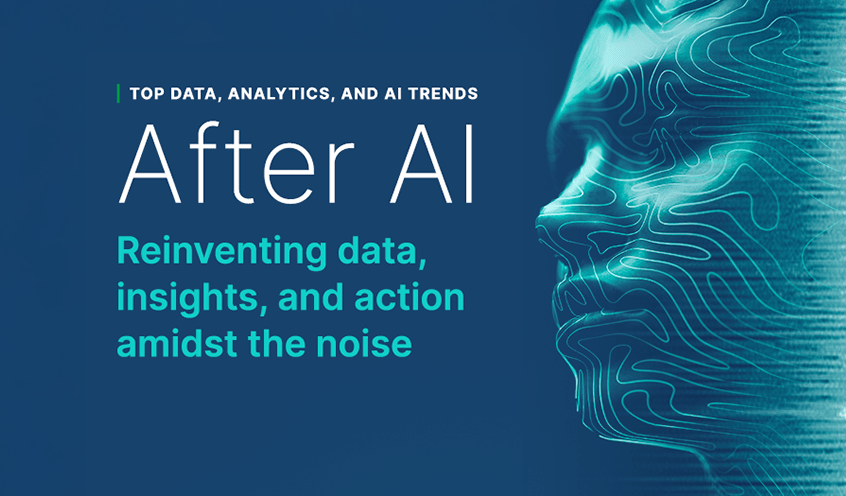As data science has taken center stage in a lot of organizations, many are relearning what they’ve already known – that dry, mathematical calculations don’t inspire and don’t stick. It’s the story that matters. In this second of a two-part blog series, we look at some best practices for data storytelling and how Qlik analytics can help.
Photo by D Nidos: https://www.ibtimes.co.uk/lascaux-cave-paintings-s...
Stories have been used in advertising for decades. We already see them in customer studies, testimonials, demos and so on.
Data storytelling isn’t such a big leap. Stories need to have a beginning, middle and end. They should be personal and meaningful. We also need to consider our audience and intent:
Who are we talking to?
What do we want them to know?
Is our story relatable?
Do we want them to understand something in a new light or make a decision?
Beyond that, Joe DosSantos, Chief Data Officer at Qlik, outlines some key principles to weave data and story into a boardroom fable:
Make it personal. Who is the protagonist of your story? Make their frustrations real and make your data support their story.
Leverage dramatic irony. Increase feelings for the protagonist by showing what they are about to deal with before they do. The tension of seeing the protagonist go through the inevitable will keep your audience’s attention.
Know your facts cold. Although a tight story will keep you on script, be prepared for push-back on things that might be extraneous. Your intimacy with the data will give gravitas to the story and prove that it is a worthy, illustrative example.
Include a moral. Fables have morals to make them stick. Make your moral clear and reinforce it with a memorable phrase. Expressing a problem statement without a recommendation is not helpful. The point of your presentation should be to illuminate the best path forward and inspire action.
He adds that finding the right data and asking the right questions is fundamental to grounding stories in facts and reality.
“We need to become more adept at creating hooks and stories that get people excited – to tell the story and back it up with the data. But, as many of us know, to get to these great stories and to show examples of intelligent uses of data, it’s not just about having access to data, but having access to the right data and asking the right questions of it.”
Informing the story with analytics
Stories don’t write themselves. Presenters need a baseline of reliable data, and they need to understand it to craft the right narrative. Qlik provides technology to integrate data and analyze every part of it.
Data integration brings fresh data to users almost as soon as it comes in the door. Modern analytics lets users explore the information as they see fit. It includes AI capabilities to help them go deeper and uncover more insights. An associative engine brings peripheral vision to their analysis too, letting them look at data from different angles to find new connections and patterns.
"Stories don’t write themselves. Presenters need a baseline of reliable data, and they need to understand it to craft the right narrative."
In this article:
Industry Viewpoints













































